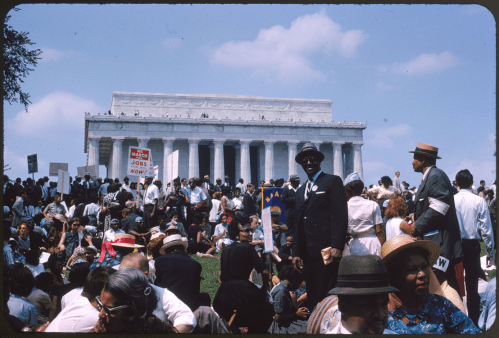Methodology language and link to PDF download.
With sequestration-related budget cuts occurring throughout the government, one of the critical challenges the nation currently faces is how to allocate funds to education and skills training more effectively.
As we outline in a new brief today, one small smart change Congress should make is to better allocate revenue generated by the H-1B visa program. Released as part of our ongoing Remaking Federalism | Renewing the Economy series, the brief, like its companions, offers another way for Washington to square budget stabilization with smarter policy than we’ve seen in recent spending fights.
Our idea stems from a lesser-known aspect of the H-1B program: the requirement that employers requesting H-1B visas for highly skilled temporary workers pay a fee that is then used to fund grants for skills training and STEM education. These grants are meant to develop the skills of the existing U.S. workforce in order to fill jobs presently held by H-1B workers. This small but important grants program funds skills training through the Department of Labor and STEM (science, technology, engineering and math) education through the National Science Foundation. Completely funded by H-1B visa fees rather than tax dollars, it is protected from sequestration.
Although modest in size, these funds potentially can create significant impact at the local level if they are smartly invested. Unfortunately, these grants have not gone to the locations where H-1B workers are in greatest demand, nor do they necessarily support programs that equip workers with the qualifications needed to fill the jobs currently being held by H-1Bs. Last summer, Brookings analyzed how this $1 billion dollar fund has been distributed over the past decade to fund skills training and STEM education across the country. It turns out that metropolitan areas that had the highest demand for H-1B workers received on average only $3.09 in technical skills grants per working-age person, compared to $15.26 for those metro areas with a lower demand for H-1B visas.
With comprehensive immigration reform on the table, now is a good opportunity to reform how these fees are allocated in order to better reflect local skills needs. We’ve been heartened by the fact that Congress is already exploring options for improving the effectiveness of H-1B visa fee use. Last week, the House Judiciary Committee spoke about using these visa fees for training the American workforce, and the Senate’s Immigration and Innovation Act of 2013 proposes to increase H-1B fees to provide funding for long-term STEM education.
Congress should continue to invest in these efforts but reform how these funds are distributed by better targeting metropolitan areas with greatest demand for H-1B workers and encouraging local employers to work with local educational and training institutions to identify skills that are especially necessary for the local job market.
If America is to compete globally, the federal government should see that local areas can get the funds they need to train workers for the jobs of today and tomorrow.


Commentary
Targeting H-1B Visa Fees to Better Address Skills Needs
March 13, 2013